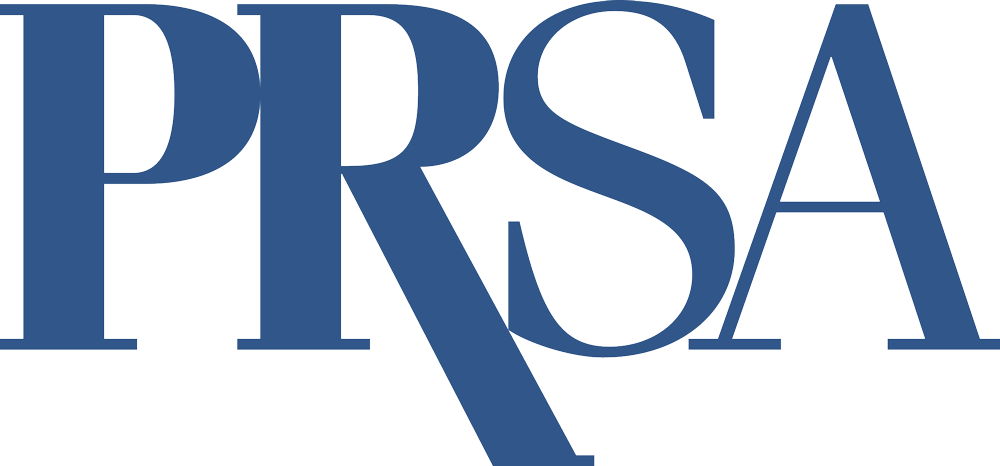How to Adjust Your Media Relations Approach
By Melissa Vela-Williamson, M.A., APR, Fellow PRSA
October 2025
Media relations is perhaps the most recognized discipline of public relations. Often, PR professionals have to explain that media relations isn’t the only work we do. But it may be the most challenging!
I have worked to build relationships with journalists, earn media coverage and prevent — or correct — inaccurate reporting throughout my career. After more than two decades managing media relations, it’s clear that we must adjust our approach and expectations for the future.
Culturally, I see a rise in “conflict journalism,” most likely because clicks or viewers help generate revenue for media outlets. Since the newsroom cuts, there has also been a decrease in beat reporters, space for nonprofit stories, journalists attending press events, and the publication of uplifting human interest features.
Still, PR pros are often under pressure to earn coverage — and sometimes without regard for these changes.
I interviewed Anne Isenhower to discuss what’s working today. Anne is a long-time media relations consultant and trainer who works with local, national and global organizations. She’s a former Golin and Fleishman executive and was the national director of media relations for the American Cancer Society.
Media relations has changed drastically in recent years. What is your earned media pitching approach like today?
My pitching approach has remained fundamentally the same – lots of research, and tailoring approaches and pitch content. I don’t use press releases to pitch but draw from them to create a pitch that’s no more than 200 words.
From a national perspective, has media relations changed?
The core principles remain the same, though media relations specialists need to be working with AI tools to save themselves research and content creation time. (AI isn’t to the point where it can research and tailor high-level pitches, though.)
One new tactic is to research new nontraditional media, like Substack newsletters and niche podcasts, that can supplement better-known outlets and may be much more effective in influencing the decisions of the client’s key audiences.
Talking to your employer’s or client’s salespeople or fundraising staff, and to their clients or donors, will help you outline exactly which outlets influence sales and donations. And you can still aim for some of the outlets that don’t really influence results, but that clients love.
What is it like working with global journalists lately?
They’re dealing with the same challenges that American journalists have, taking on more work as colleagues are laid off, and they’re also expected to create content across multiple social platforms.
Freelancers may have more leeway and more incentive to write features, since out-of-pocket travel budgets may be available when staff budgets are not.
How can PR professionals better relate to journalists now?
Realize that they’re dealing with a lot of challenges and that they may need double or triple the time they used to need to research, write, and edit.
What is working when pitching media?
As always, one-to-one tailored email pitching — very brief LinkedIn or Bluesky pitches … referencing mutual LinkedIn contacts in your pitch.
What tips do you have for pros who advise their clients or organizations on media relations?
Help them understand that a huge part of media relations needs to happen after a placement runs, and that they need to be responsible for merchandising media content in many different ways to reach their audiences directly, over and above the organic reach of the original placement.
Delivering placements directly to key audiences — regardless of where they run — remains the most crucial task for you and your clients. However, most organizations struggle with this, so you should make it easier for them by suggesting specific actions and providing the copy.



